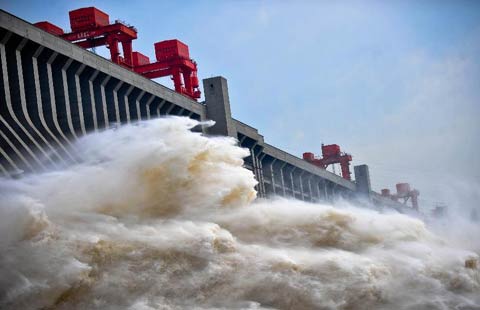Tougher regulation urged on use of additives
By Wang Hongyi (China Daily) Updated: 2015-01-01 09:41Major food additives
1. Artificial coloring:
Chemical dyes used to color food and drinks; especially popular in many types of processed foods, beverages, and condiments.
2. Sugar substitutes:
Additives-natural and synthetic-that duplicate the taste of sugar; sometimes called artificial sweeteners.
3. Nutrients:
Replace vitamins and minerals lost in processing.
4. Emulsifiers:
Allow the smooth mixing of various ingredients without them separating; often seen in peanut butter, chocolate, salad dressings or margarine.
5. Stabilizers and thickeners:
Used to produce uniform texture to help improve what the industry calls 'mouth-feel'; most popular in frozen desserts, dairy products, cakes, puddings, jams and jellies, and sauces.
6. pH control agents, or acidulates:
Help control acidity and alkalinity of food products and prevent spoilage; most often used in beverages, frozen desserts, chocolate and baking powder.
7. Leavening agents:
Commonly used in bread and other baked goods to add volume.
8. Antioxidants:
Prevent oxidation damage to food products.
9. Humectants
Help maintain moisture content; most commonly used in products such as soft candies and confectionary.
10. Firming agents
Maintain crispness and strengthen the structure of food.
- Aston Martin holds 100th anniversary exhibition in Brussels
- Partnership brings together best in food safety standards
- China non-manufacturing PMI rises in December
- China's December manufacturing PMI retreats
- Top 10 jobs that are likely to be replaced by robots
- Tougher regulation urged on use of additives
- Look out, there's a robot just waiting to take over your job
- Tech giants compete for healthy consumers
















